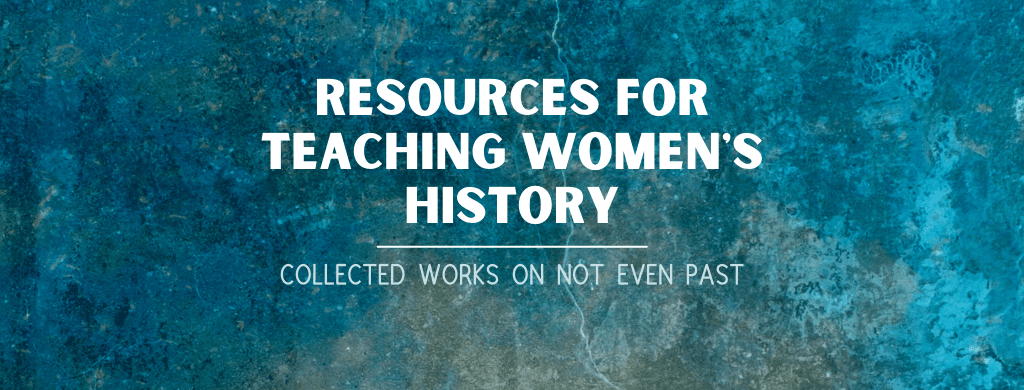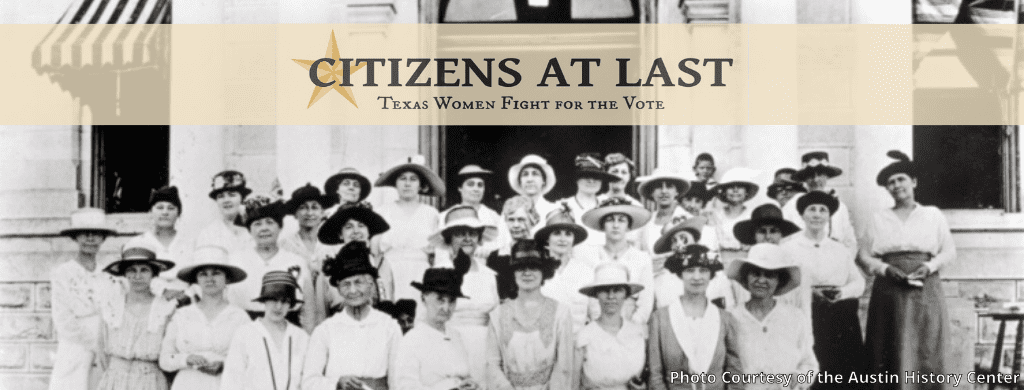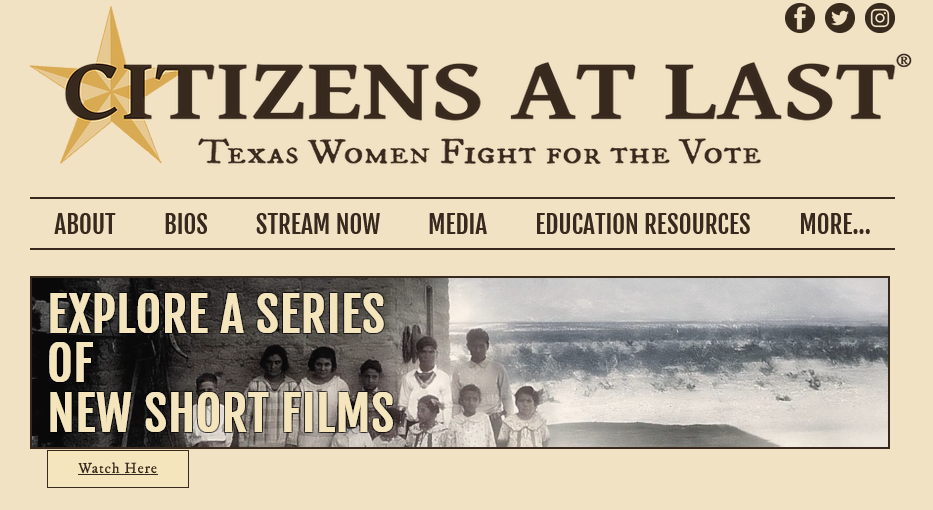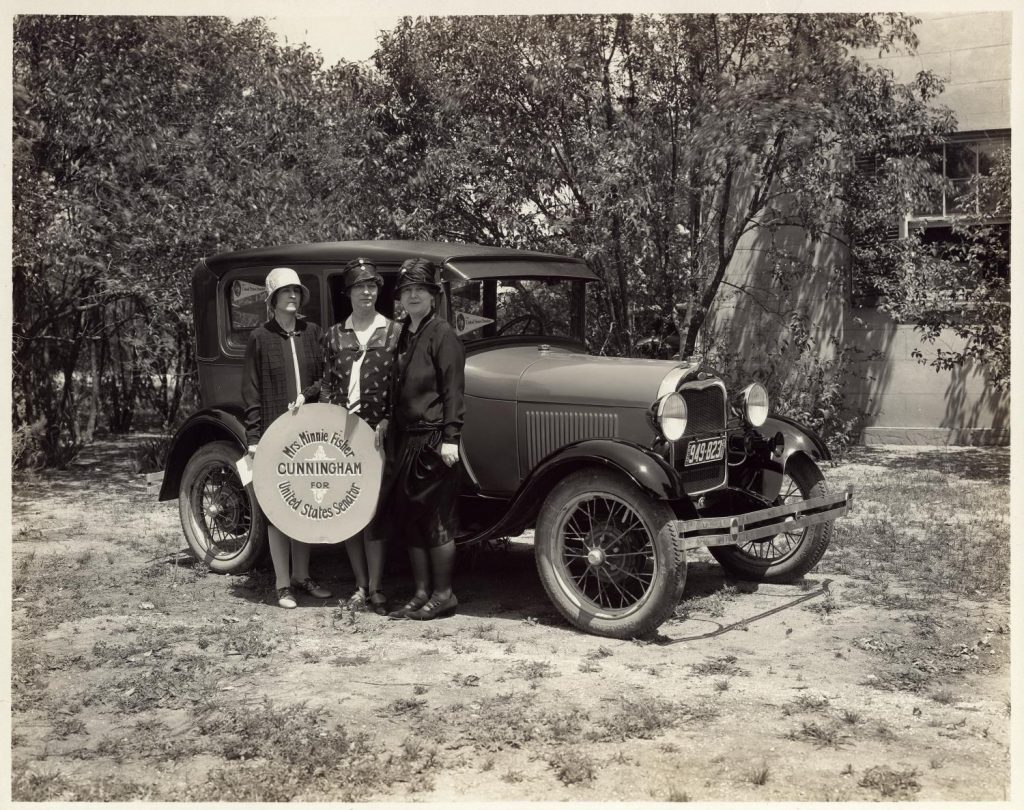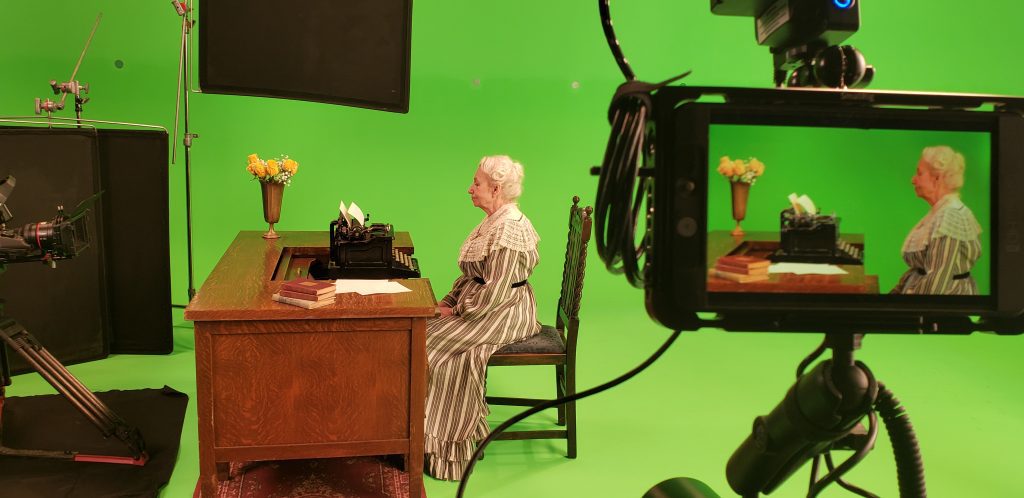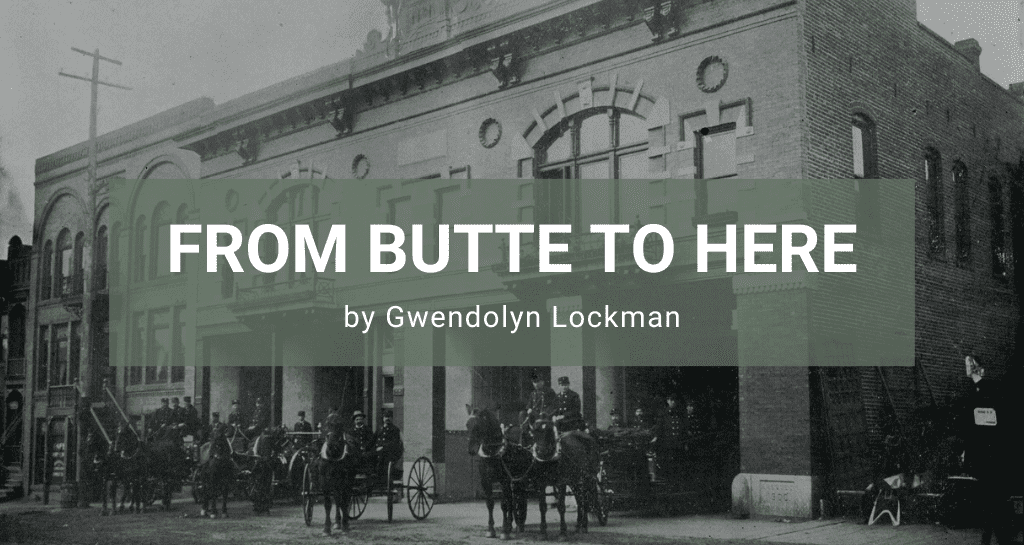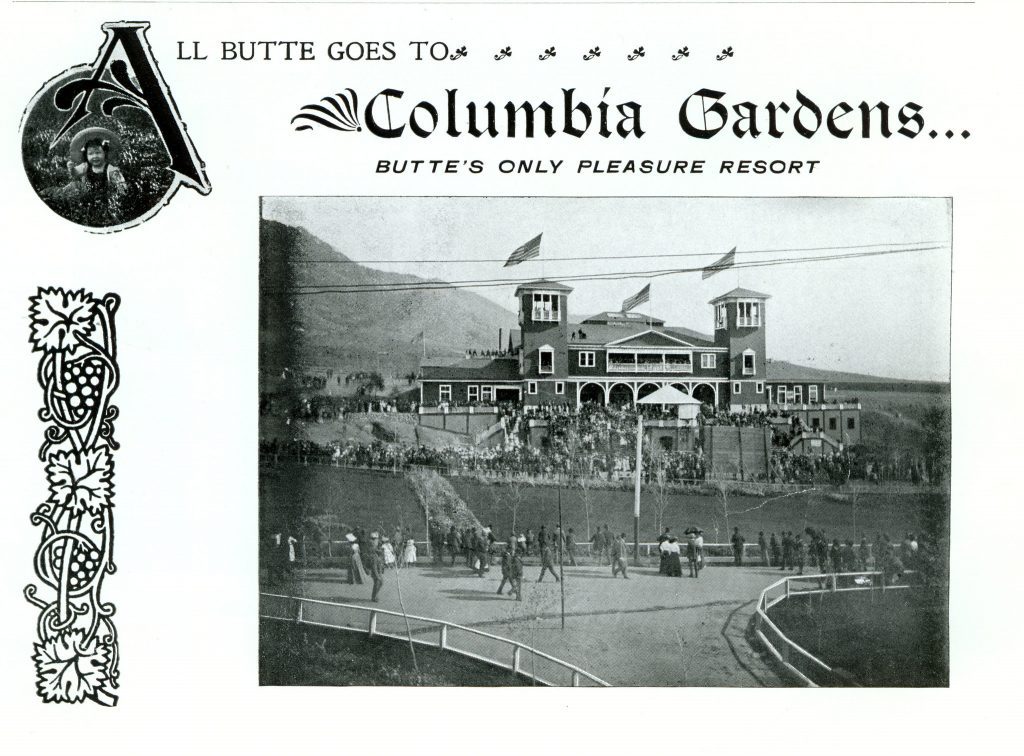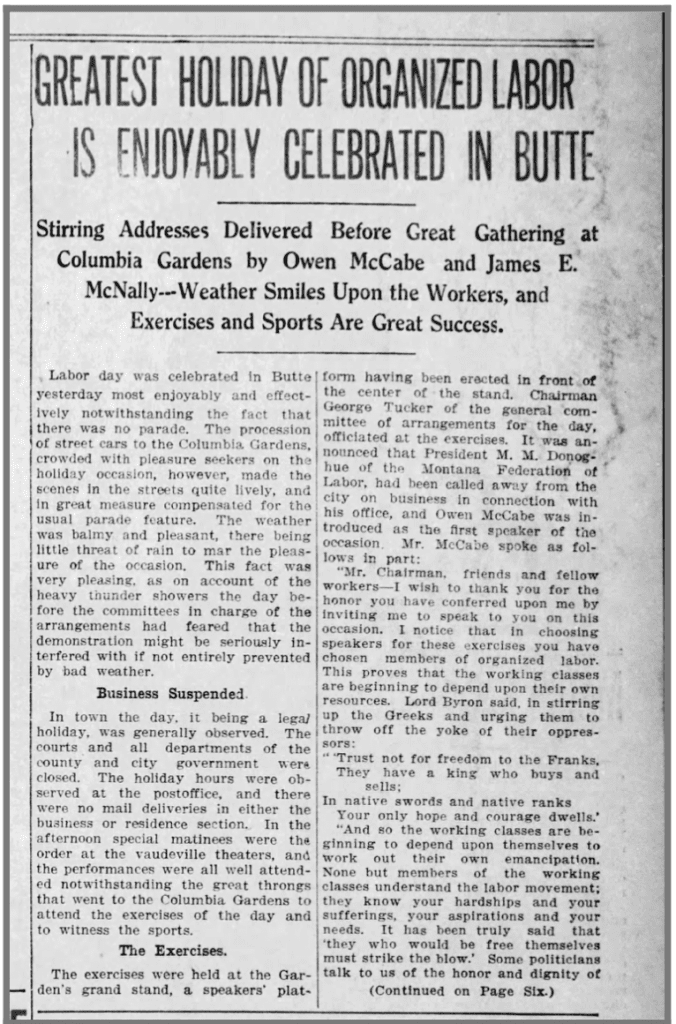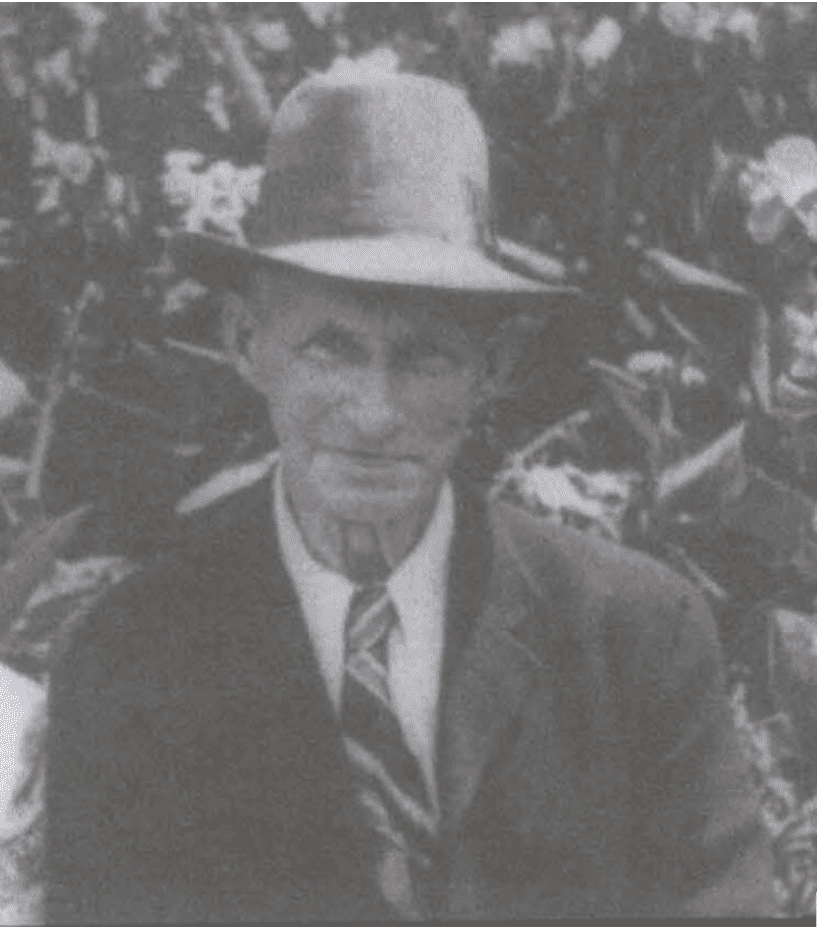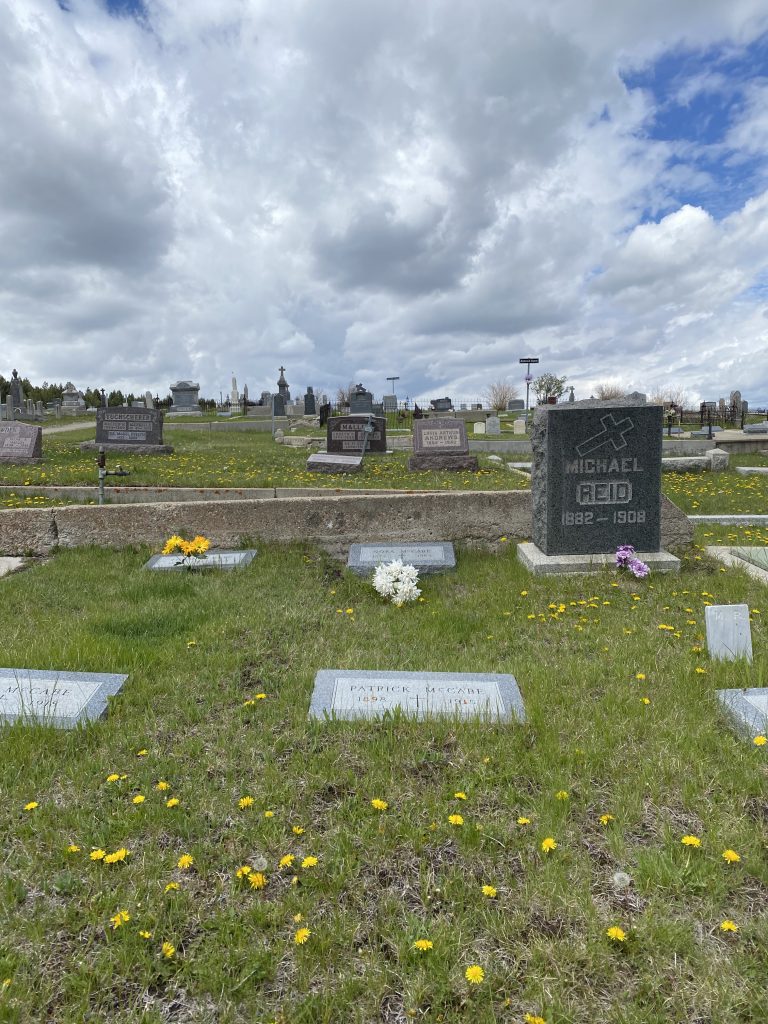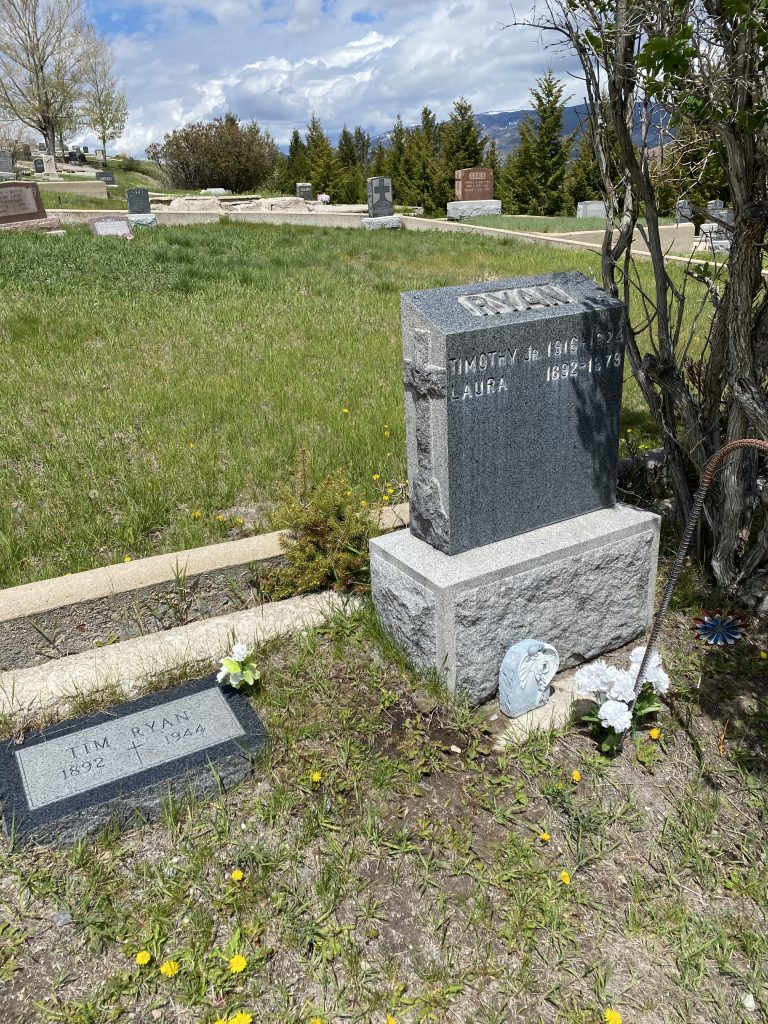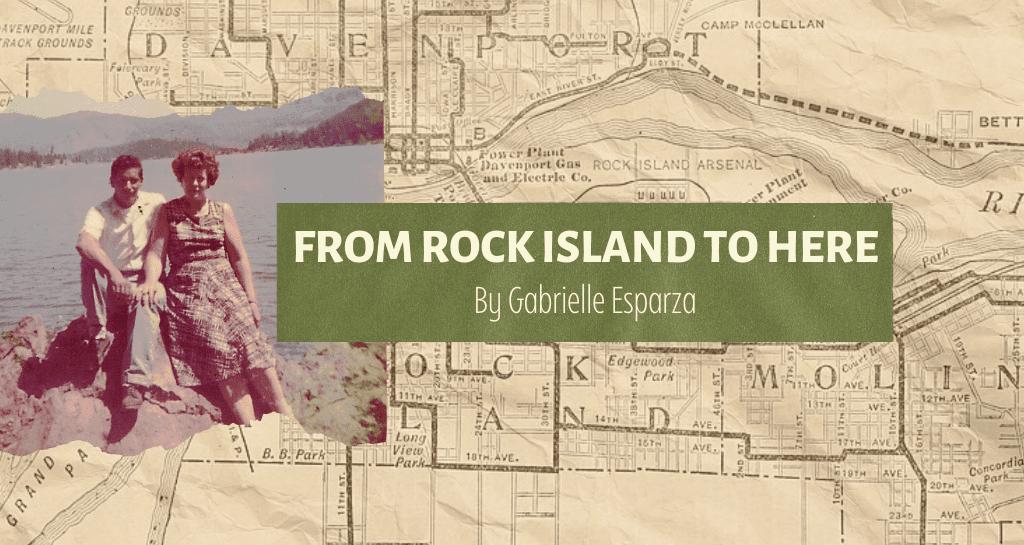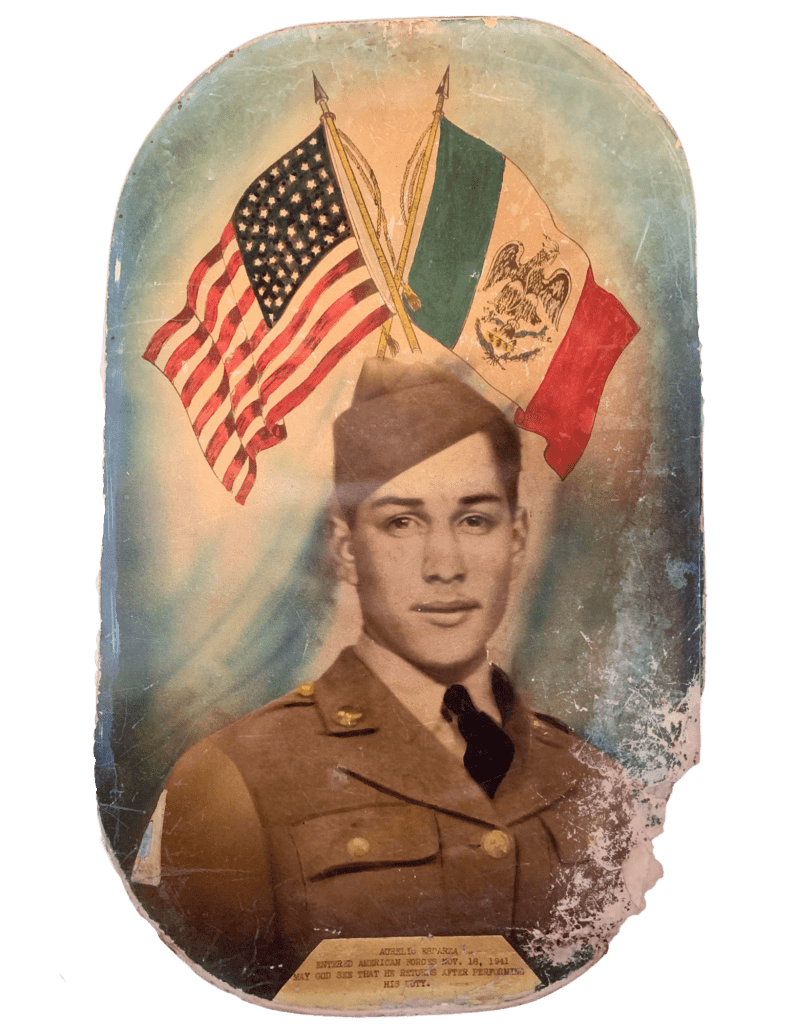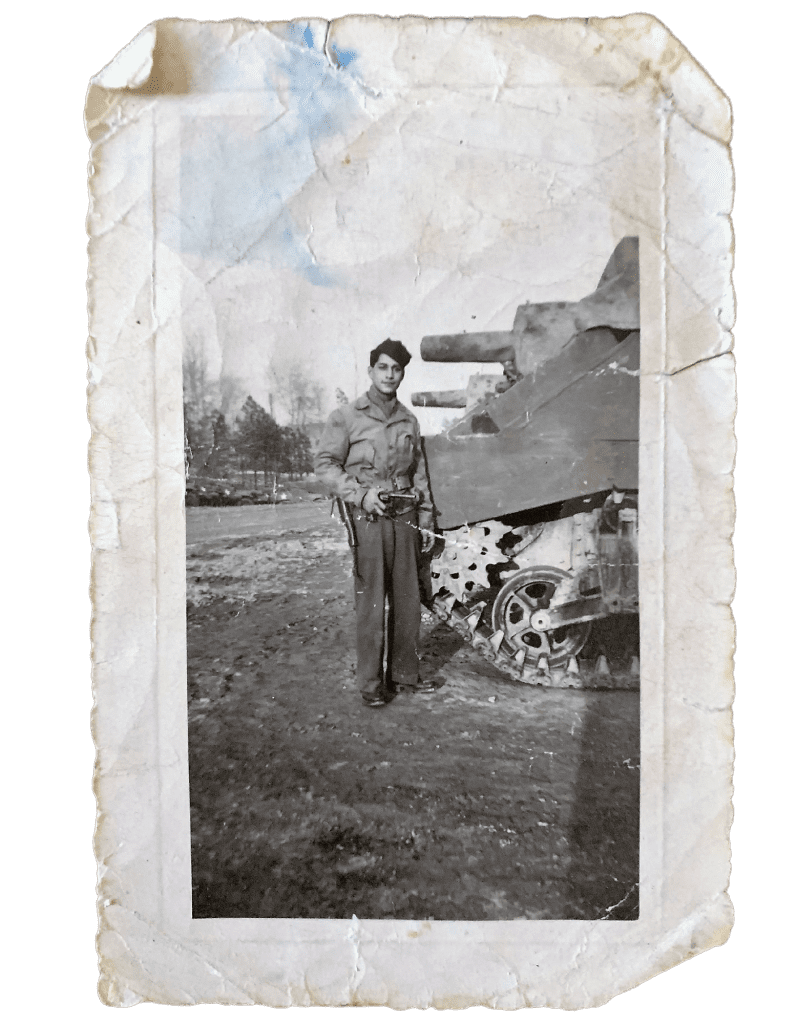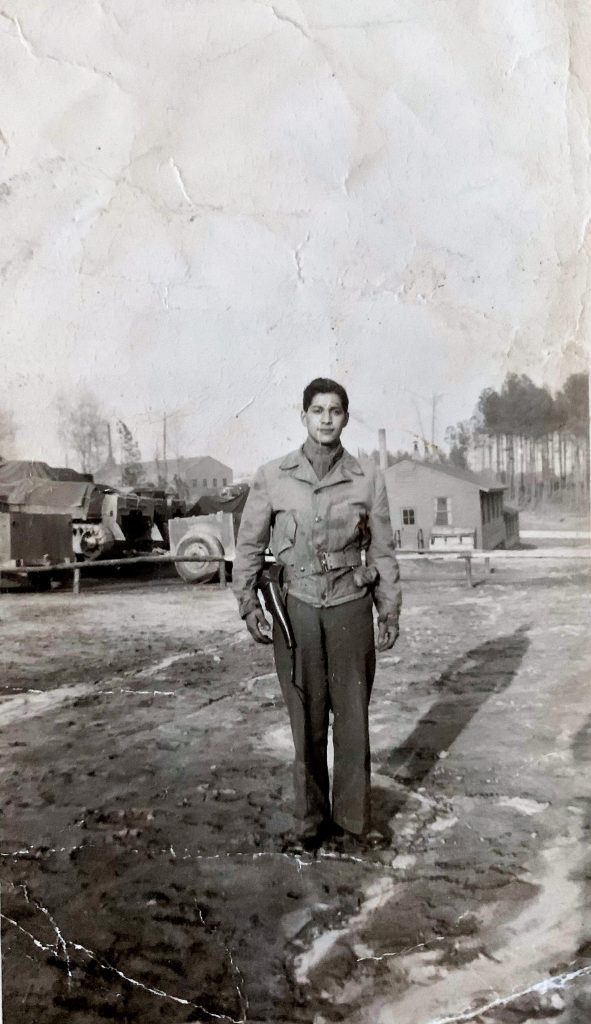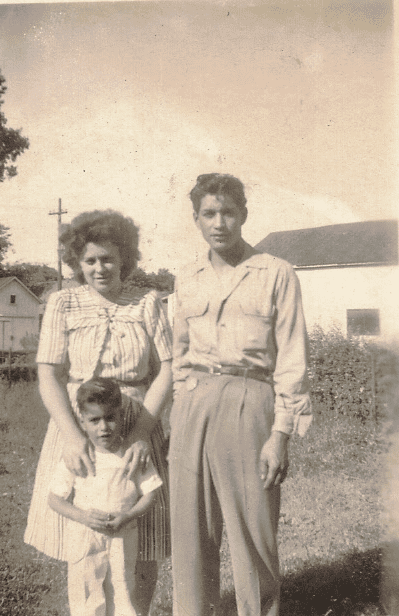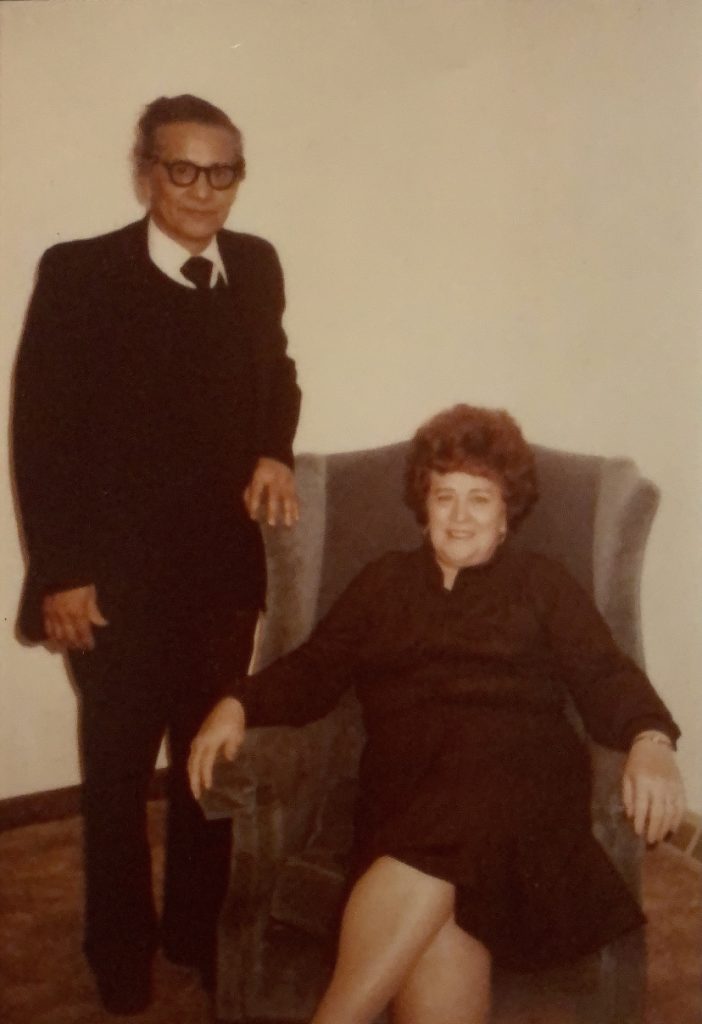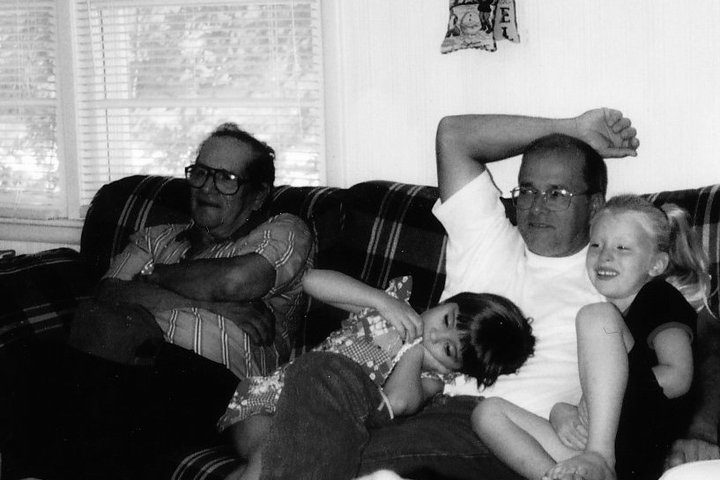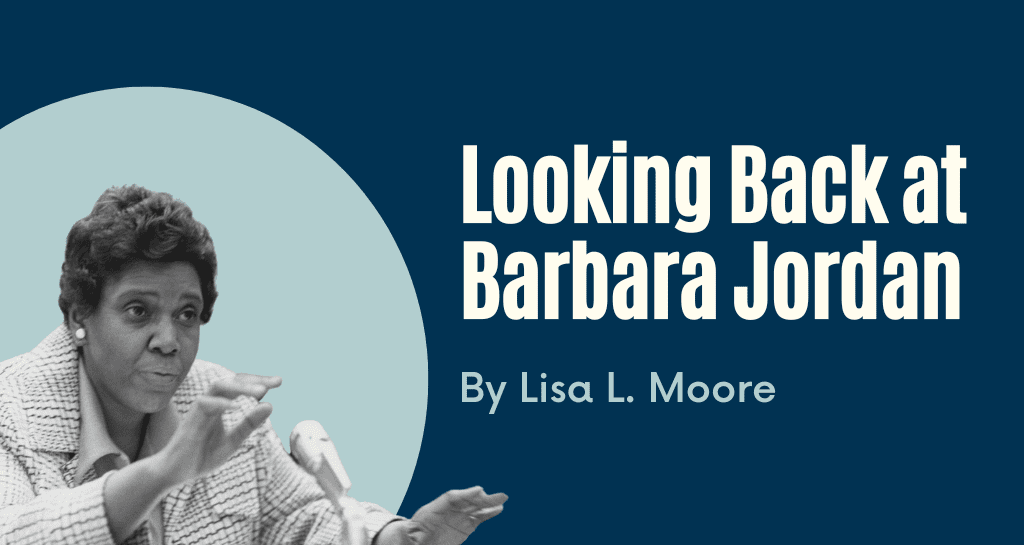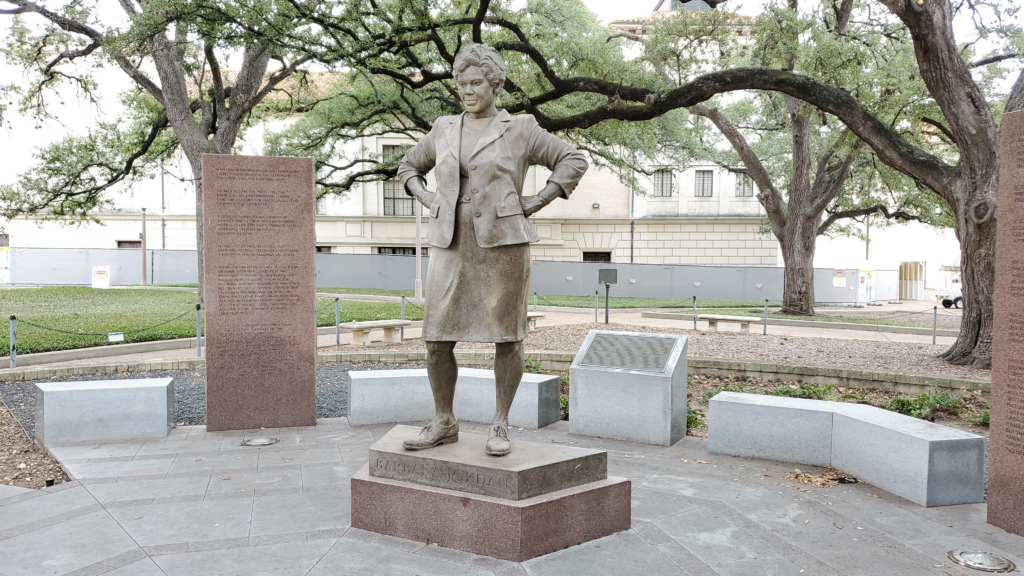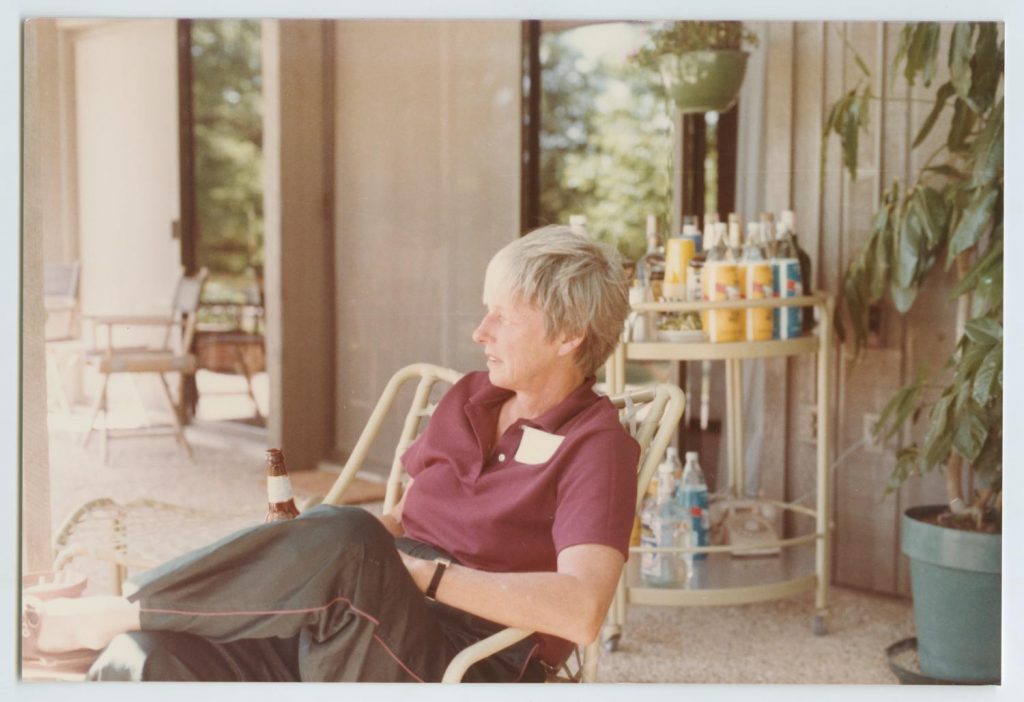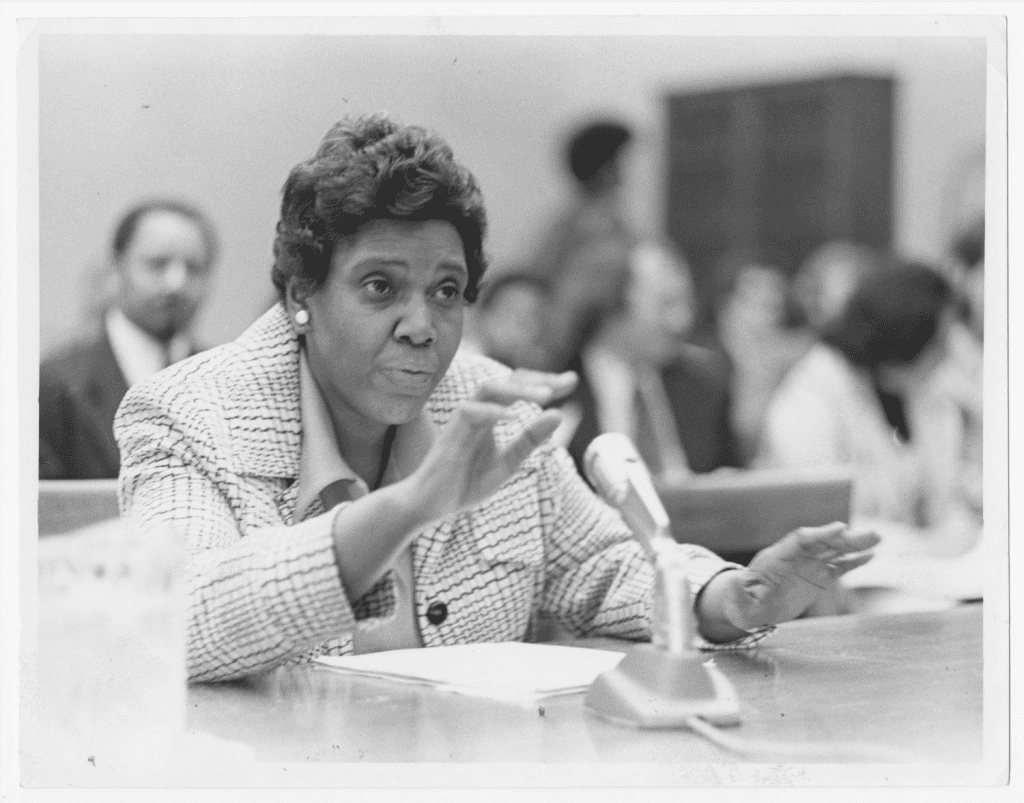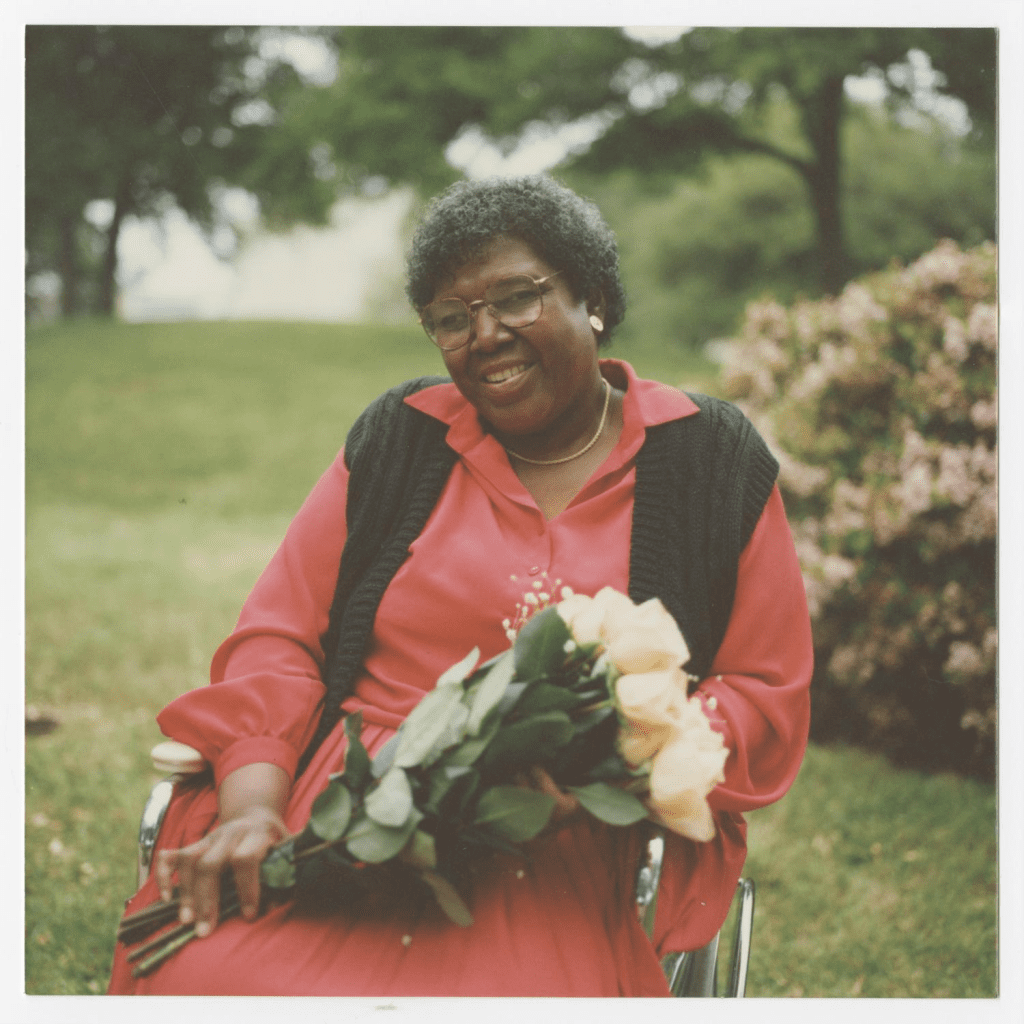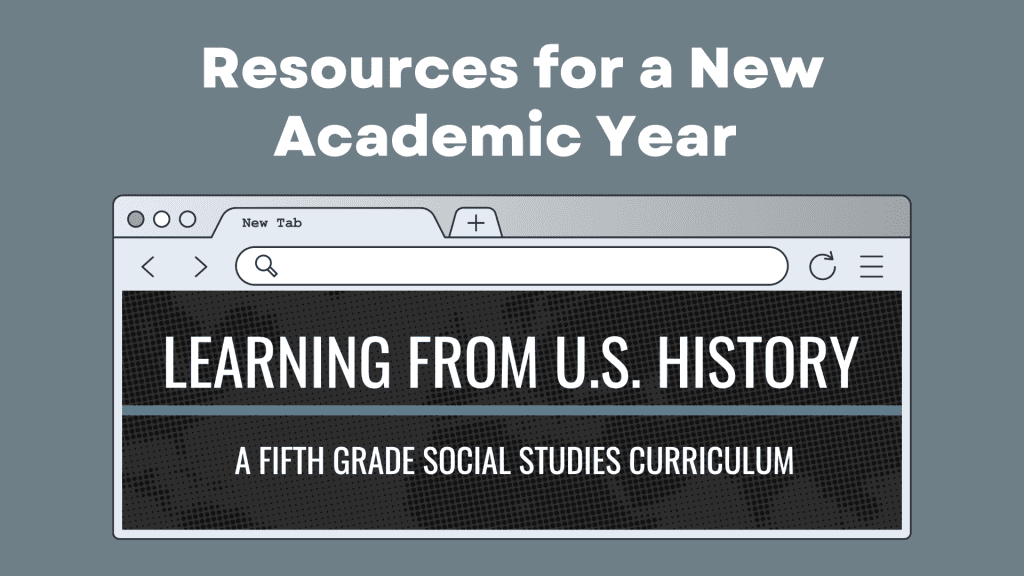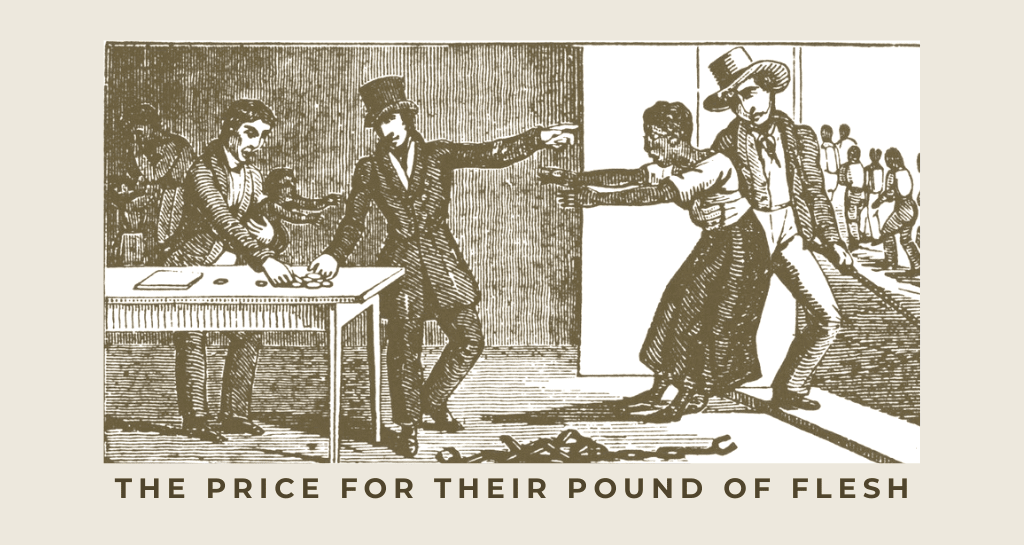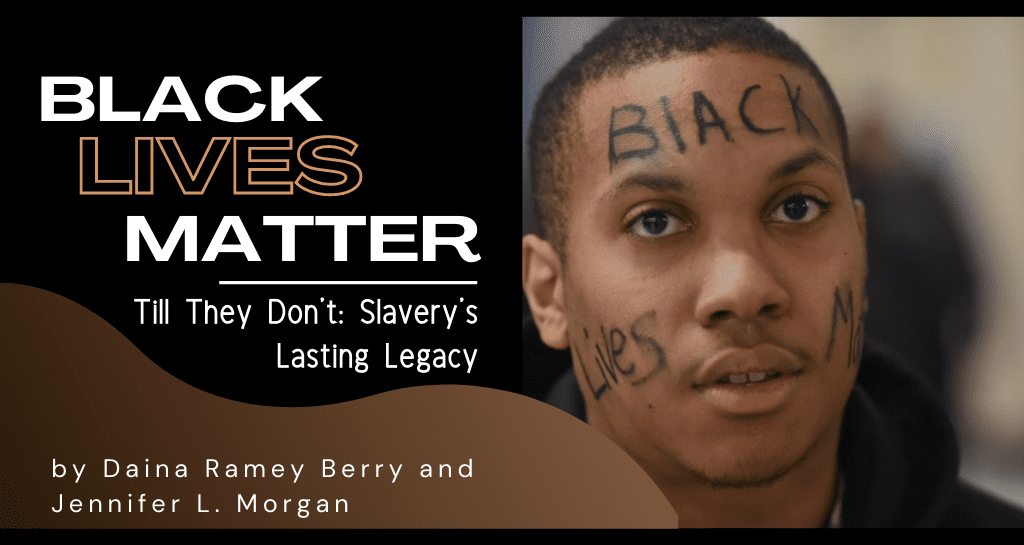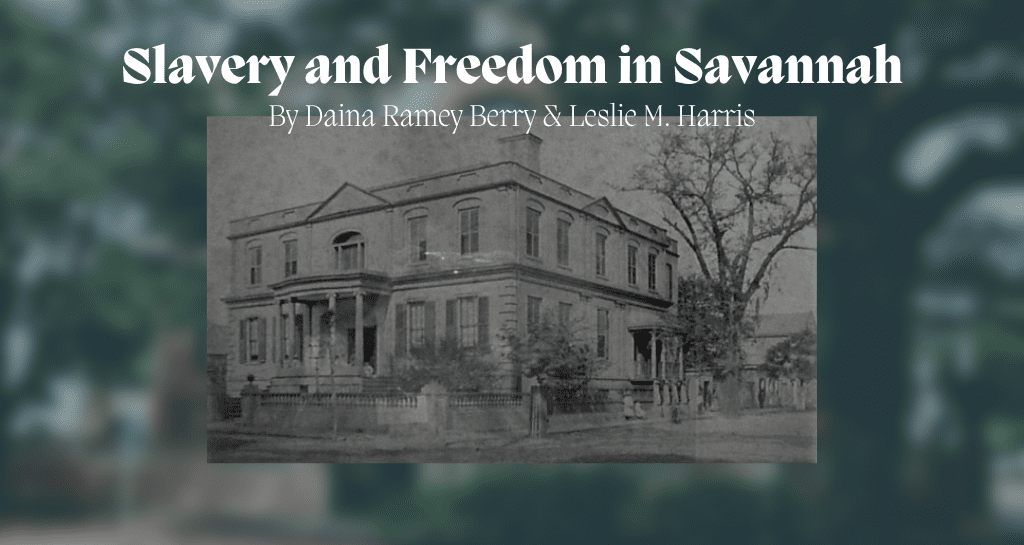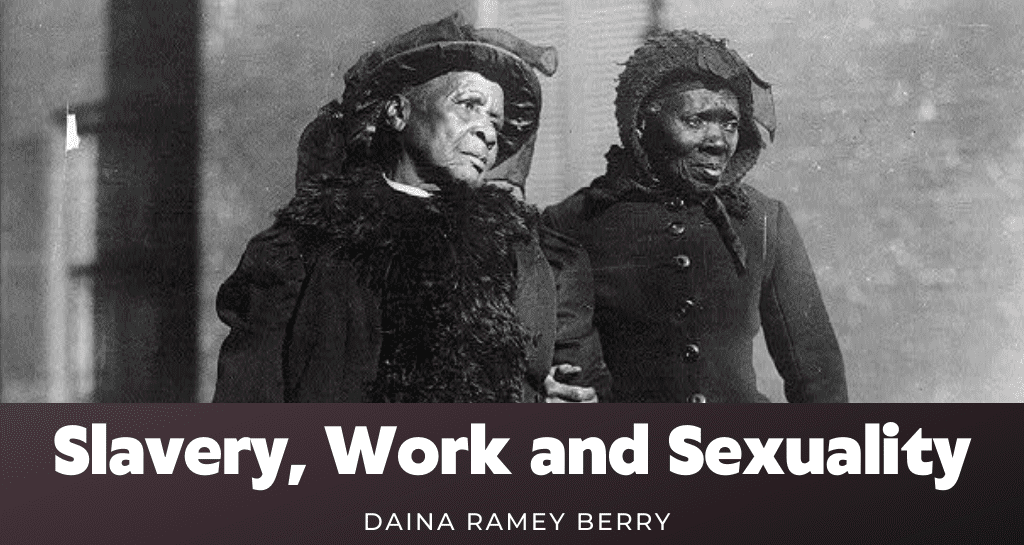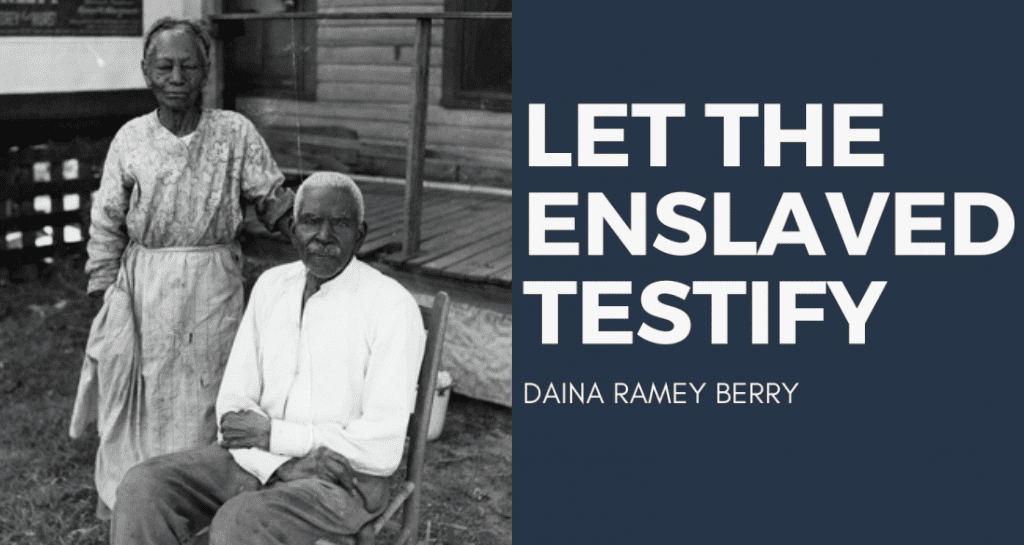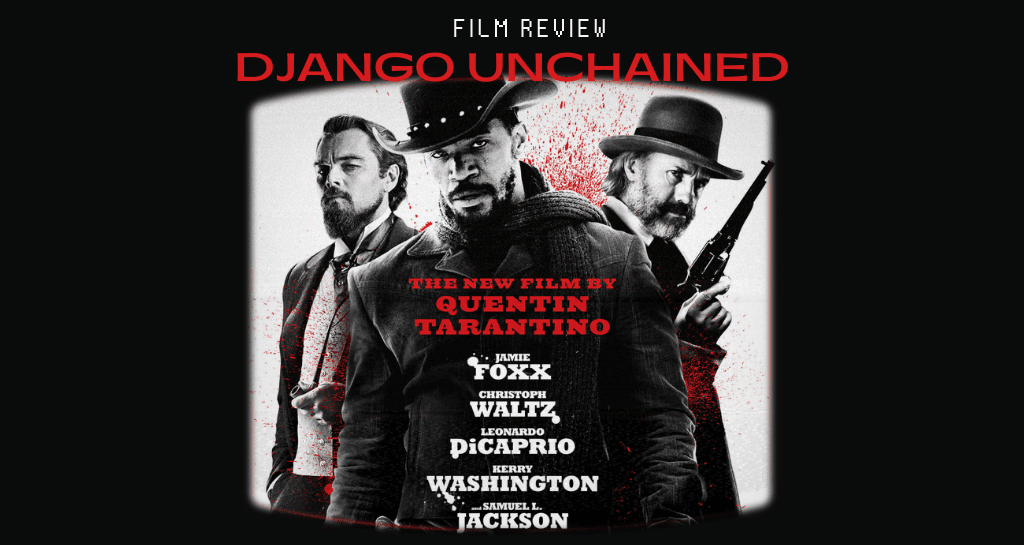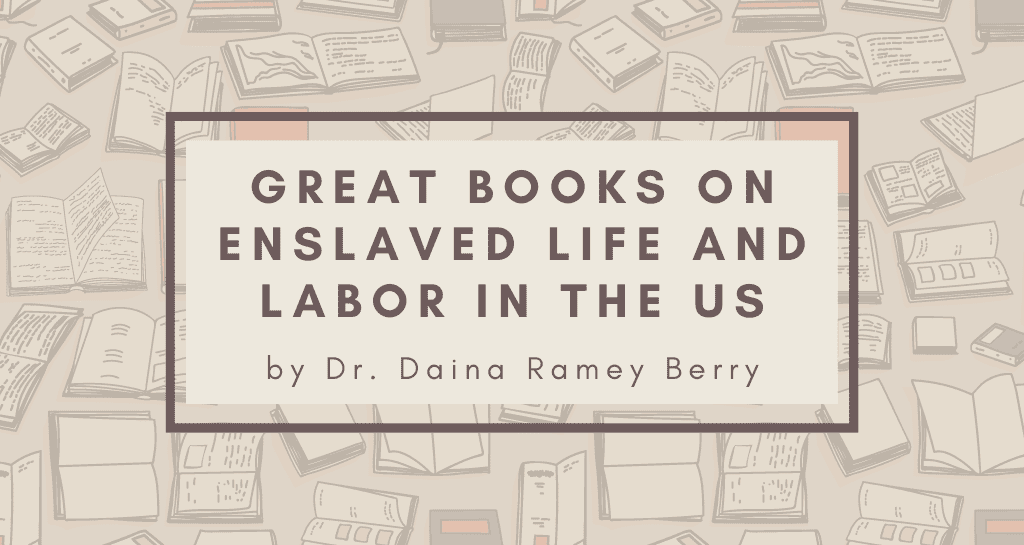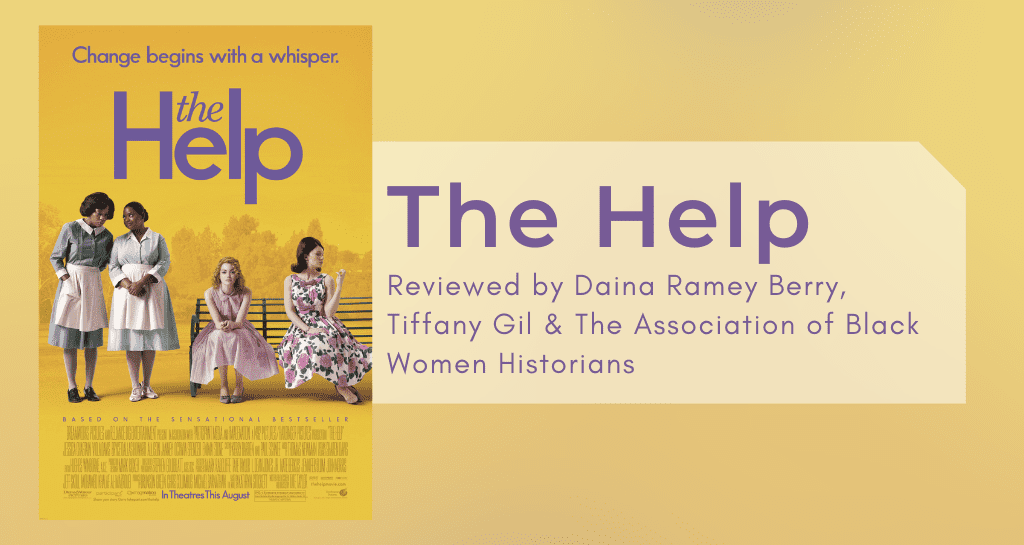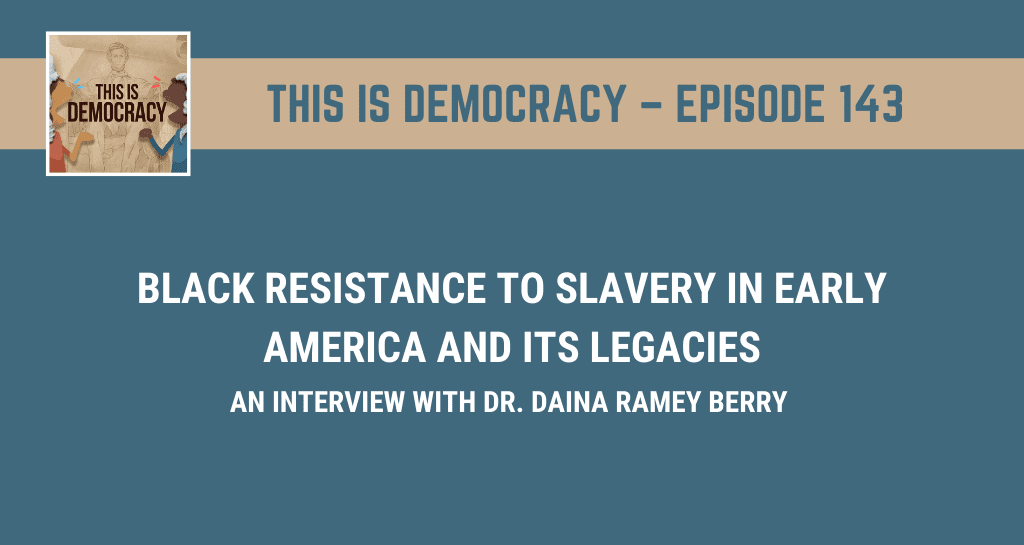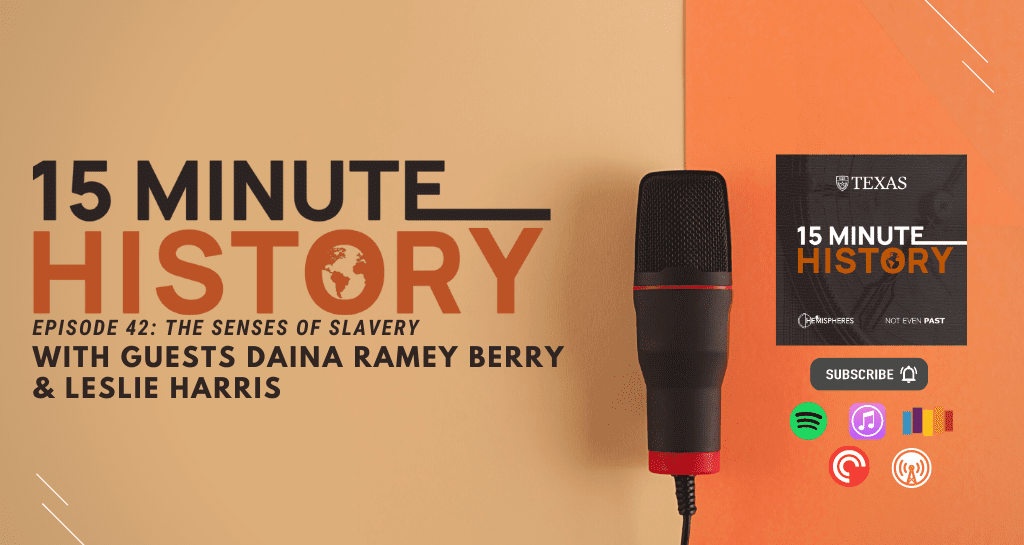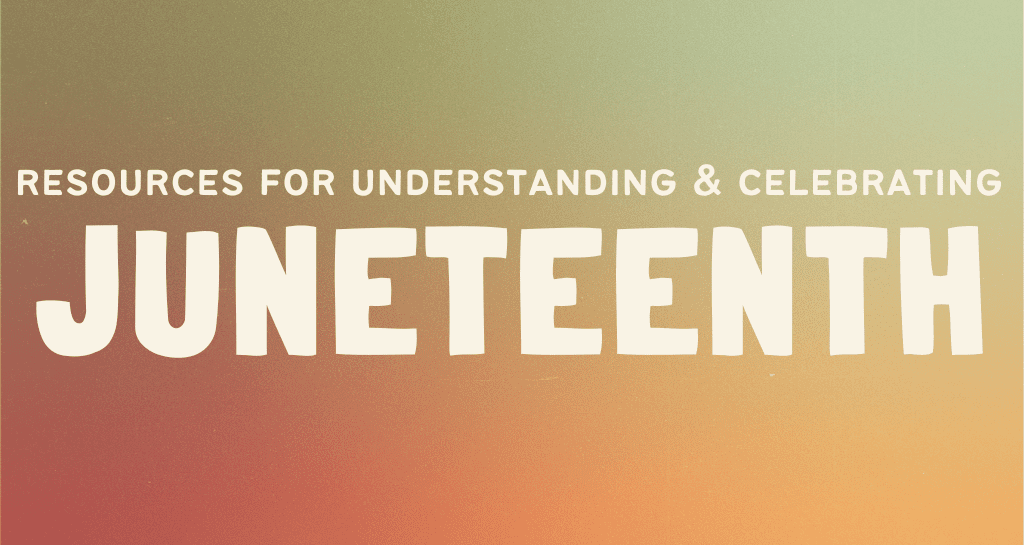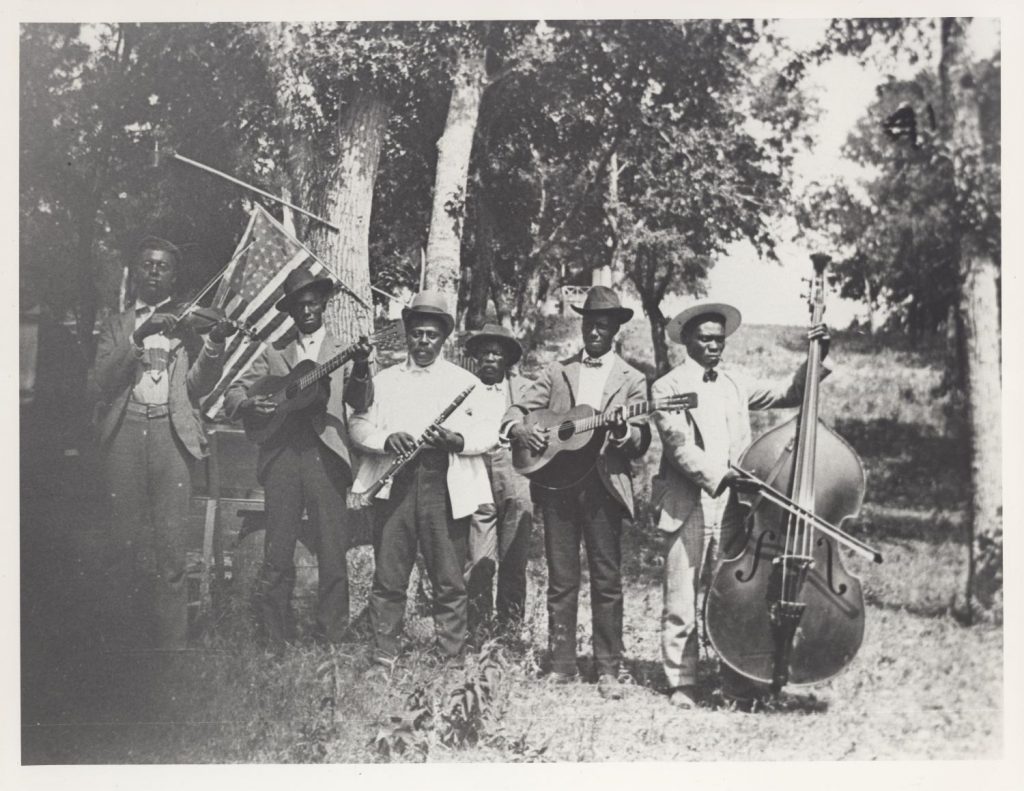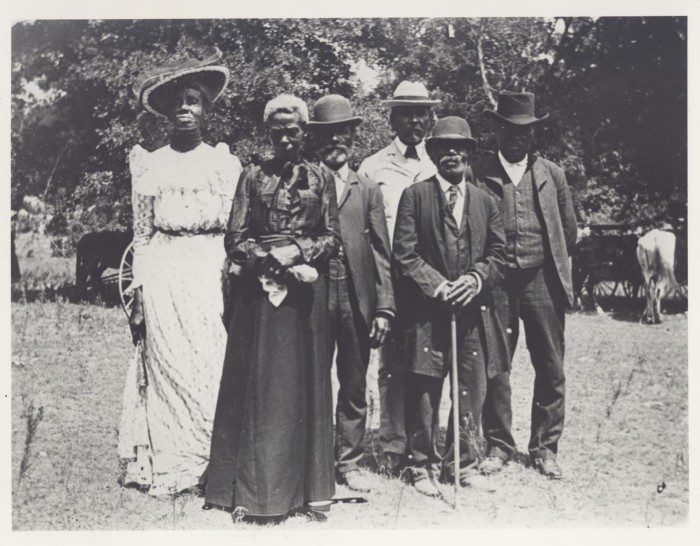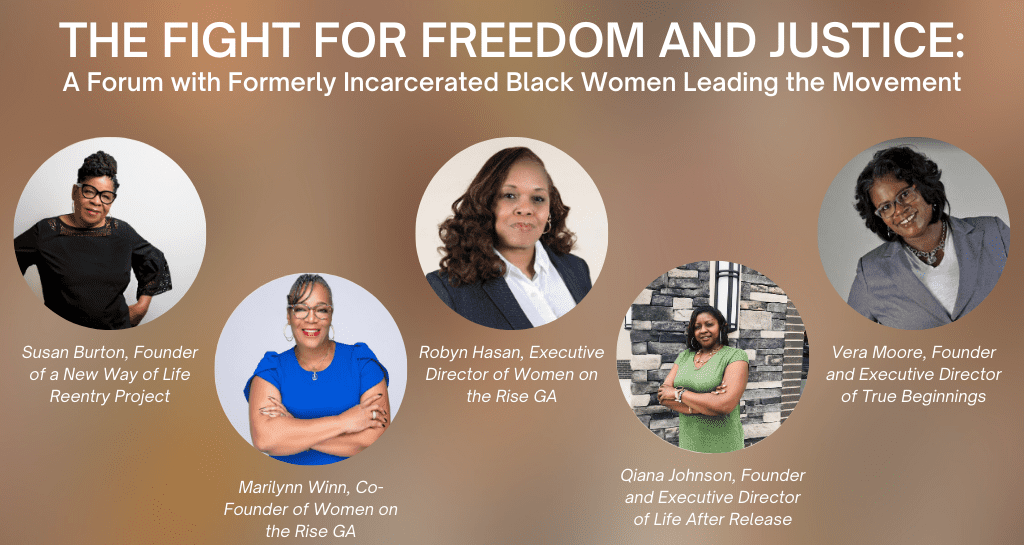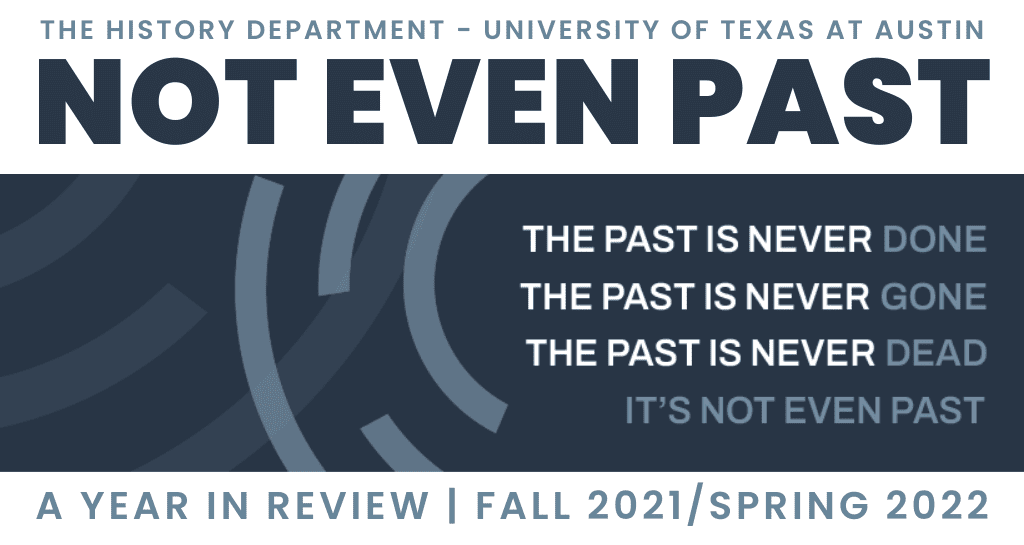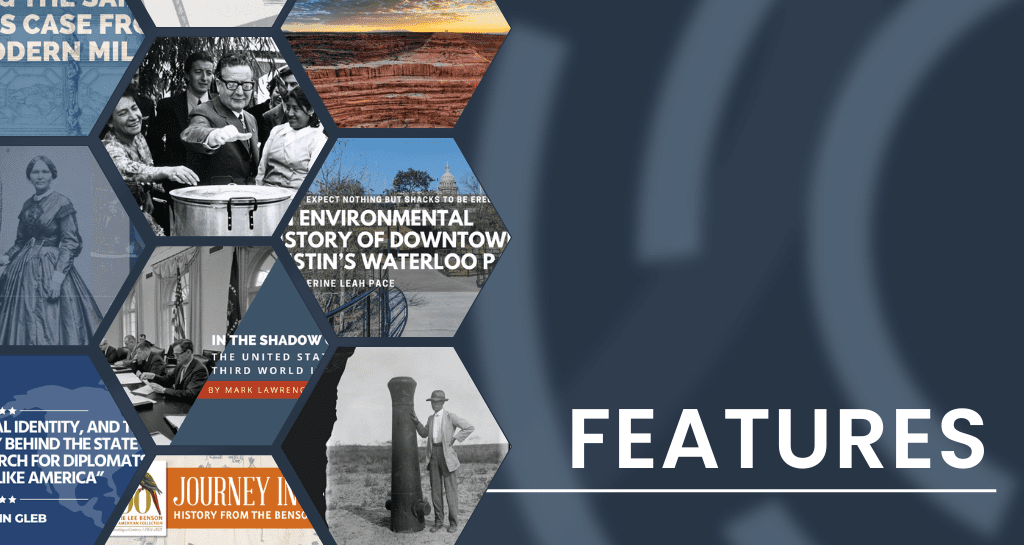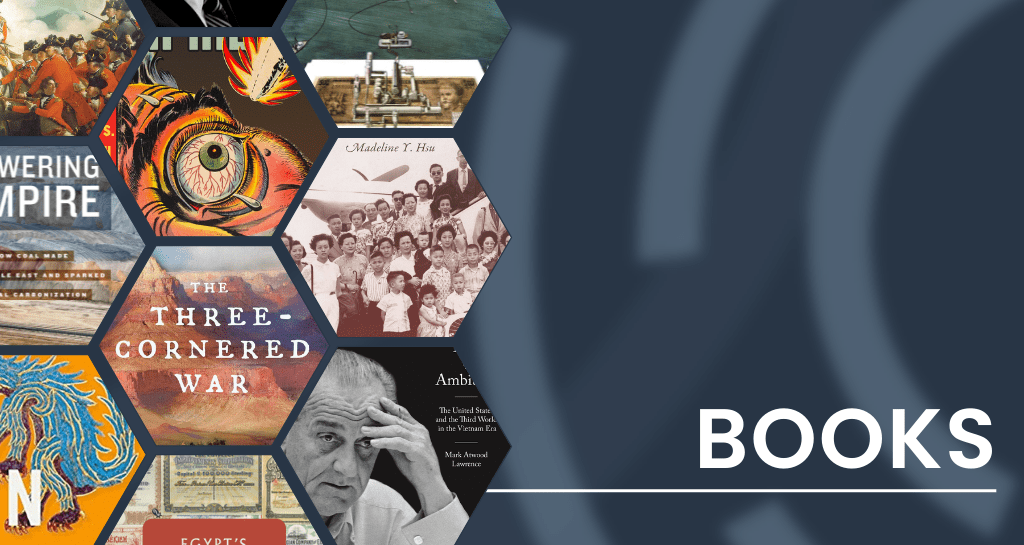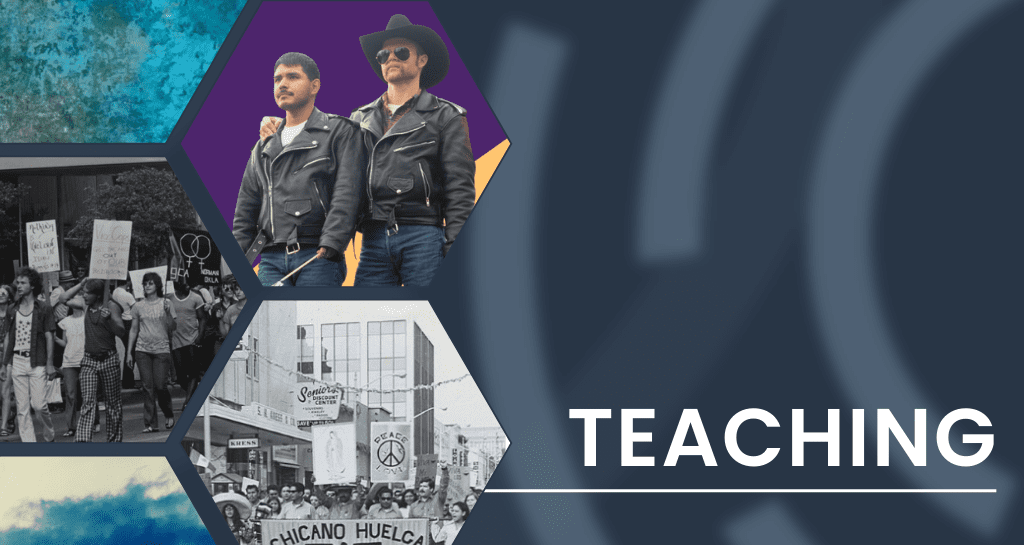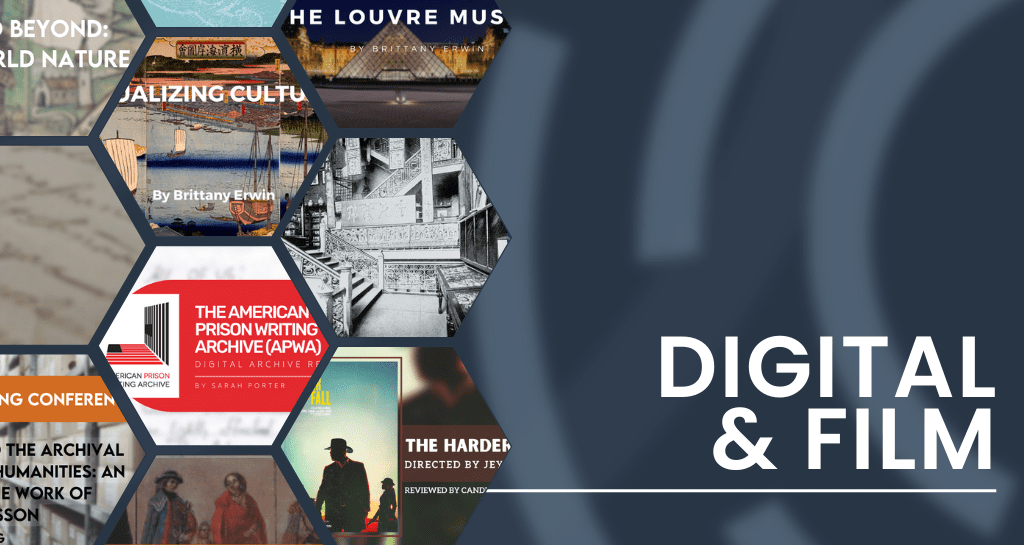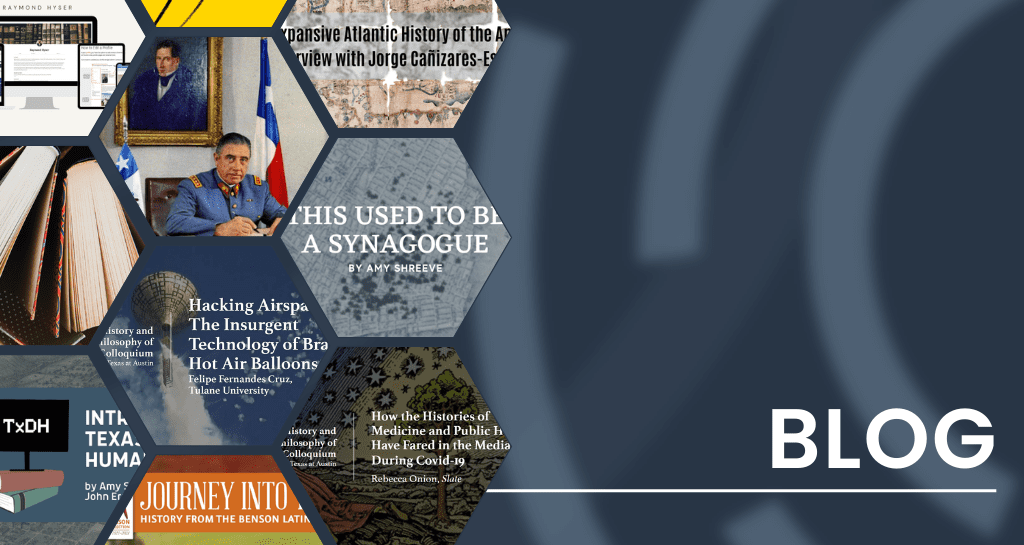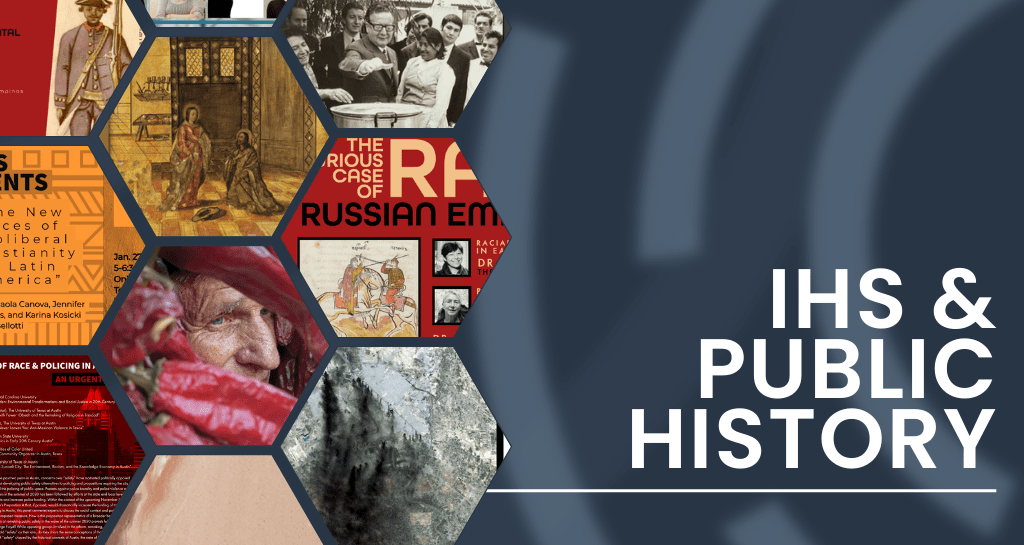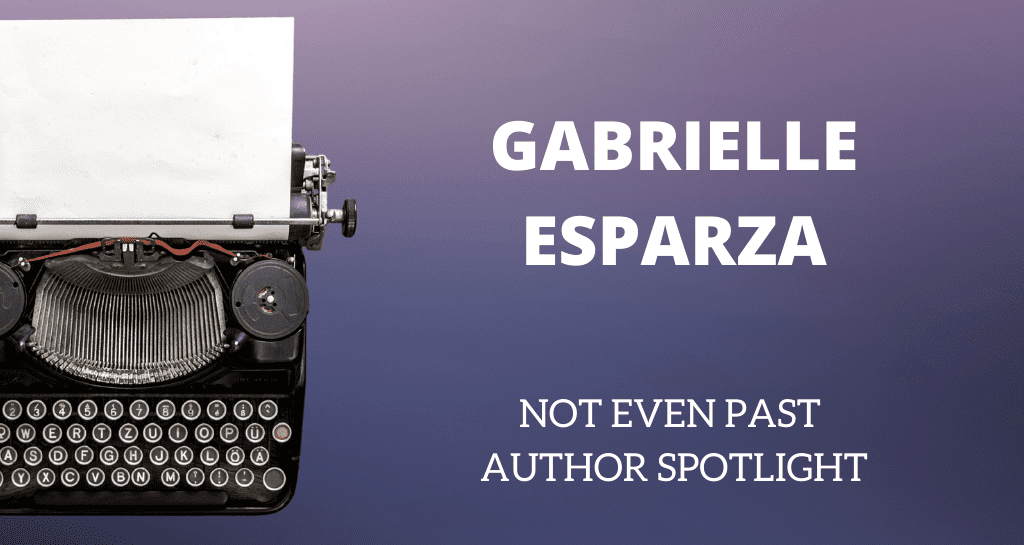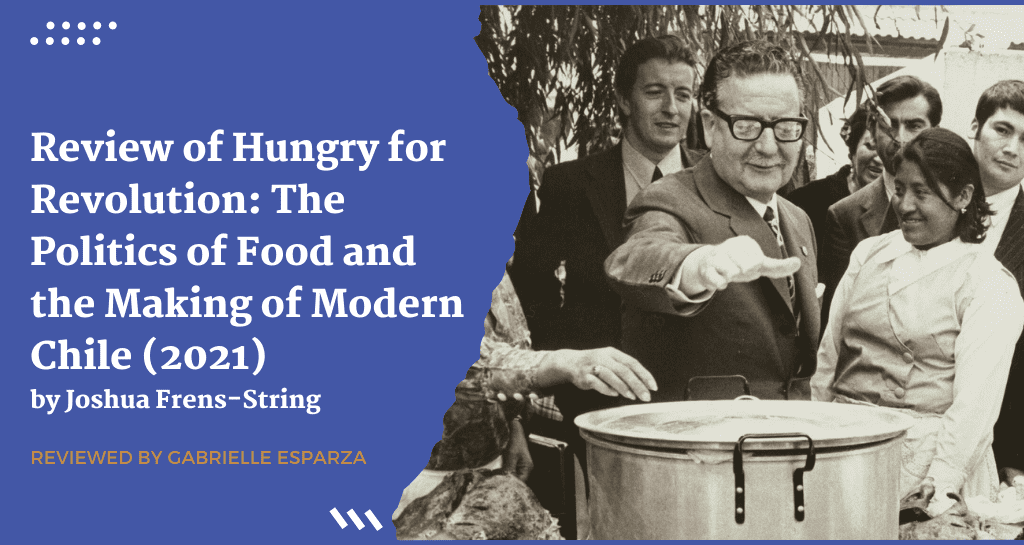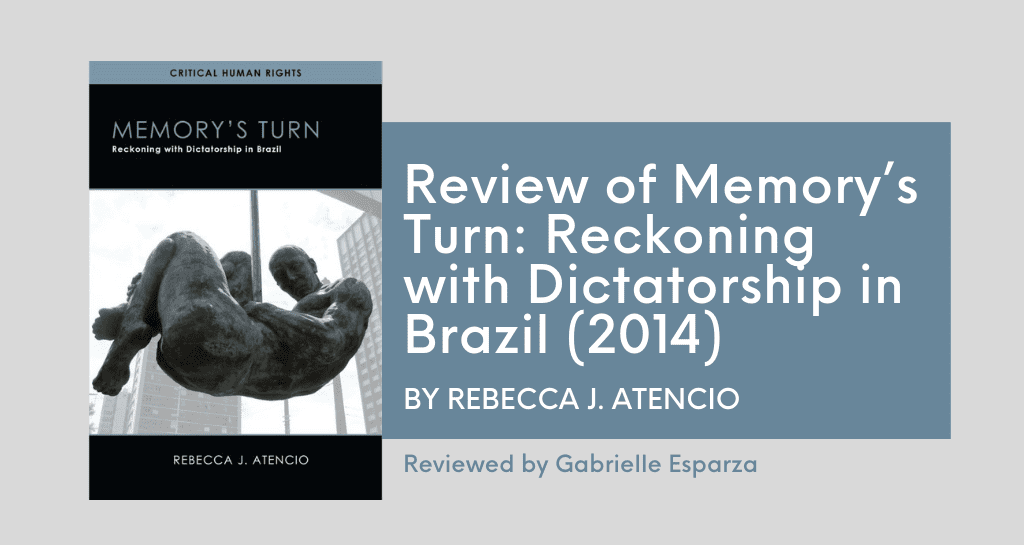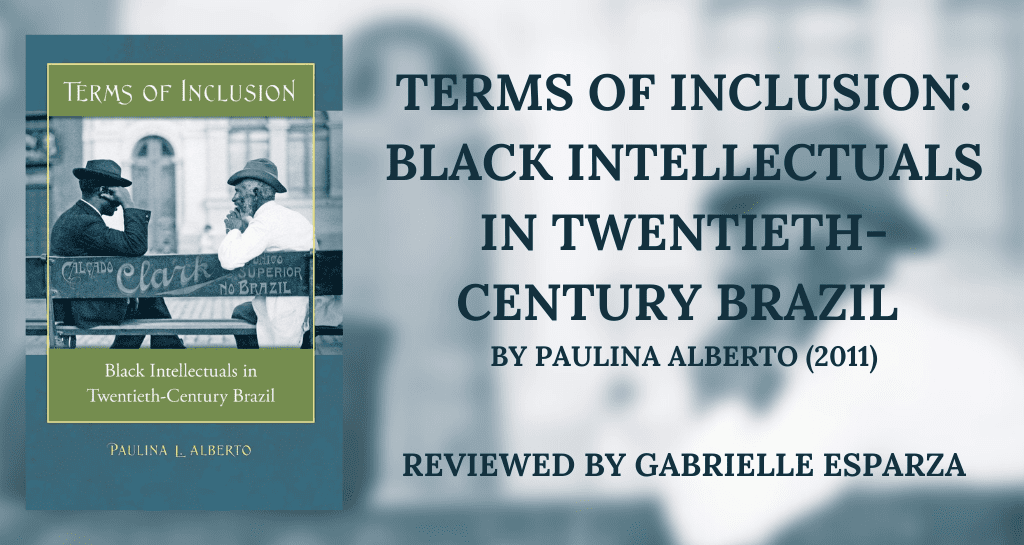From the editors: To mark Women’s History Month, we collected a range of Not Even Past articles and reviews and assembled them here, on a single page devoted to resources on women’s history. We’ve organized our content around seven topics. The articles grouped under each topic heading highlight groundbreaking research. However, they are also intended as a concrete resource for teachers.
The list of resources on this page was initially compiled by Gabrielle Esparza. It has been updated by John Gleb and Atar David.
Topics
- Black Women’s History
- Suffrage
- History of Reproduction
- Women’s Activism
- Important Figures
- Recommended Reading
- Recorded Talks and Podcasts
Black Women’s History
- Beauty Shop Politics by Tiffany Gill
- Black Women in Black Power by Ashley Farmer
One has to only look at a few headlines to see that many view black women organizers as important figures in combating today’s most pressing problems. Articles urging mainstream America to “support black women” or “trust black women” such as the founders of the Black Lives Matter Movement are popular. Publications, such as Time, laud black women’s political leadership—particularly when they mount a challenge to the status quo such as Stacey Abrams’ victory in the Georgia Democratic Governor primary. At the core of these sentiments is the recognition that black women have developed and sustained a liberal democratic politics that is conscious of and responsive to the interconnected effects of racism, capitalism, and sexism and that their approach can offer insight into current socio-political issues. The media often frames these and other women’s efforts as a manifestation of the current political moment divorced from the longer tradition of black women agitators and organizers to which they belong. Many of the black women making headlines today for their work in advancing civil rights and social justice ideals draw from these earlier traditions, including from the Black Power Movement of the 1960s and 70s.
Ashley Farmer
- Black is Beautiful – And Profitable by Tiffany Gill
- Black Women’s History in the U.S.: Past and Present by Daina Ramey Berry and Kali Nicole Gross
- Ordinary Yet Infamous: Hannah Mary Tabbs and the Disembodied Torso by Kali Nicole Gross
- Teaching Slavery, Possibilities for Historical Restitution, and the Papers of Indigenous Enslaver Rebecca McIntosh Hawkins Hagerty by Joanna Batt
- Vanguard: How Black Women Broke Barriers, Won the Vote, and Insisted on Equality for All by Martha S. Jones (2020), reviewed by Tiana Wilson
- Wicked Flesh: Black Women, Intimacy, and Freedom in the Atlantic World by Jessica Marie Johnson (2020), reviewed by Tiana Wilson
- Dreaming with the Ancestors: Black Seminole Women in Texas and Mexico by Shirley Boteler Mock (2010), reviewed by Micaela Valadez
- Last Seen: Teaching about Slavery through the Lens of the Domestic Slave Trade and Family Separation by Signe Peterson Fourmy
Fanny Ward’s 1883 advertisement (above) appeared as an appeal to the editor of the Southwestern Christian Advocate, an African American newspaper published in New Orleans. Scholars use documents like this to examine a number of trends and patterns relevant to the study of slavery. But they also hold great potential for educators to teach about enslaved families, the domestic slave trade, and the effects of emancipation on Black families. This begins by challenging students to consider how slavery resulted in massive familial separation and how it left millions of Americans with a strong desire to reunite with loved ones.
Signe Peterson Fourmy
Suffrage
- “The Eyes of Texas Are Upon You: Have You Paid That Poll Tax?” by Rachel Gunter
In the Austin History Center, there is a curious poster that demands the attention of “WOMEN!” in red, all-capital letters. Below this, a pair of eyes peer out beneath furrowed eyebrows warning “The Eyes of Texas are Upon You: Have You Paid That Poll Tax?” At the bottom of the poster is the instantly recognizable façade of the Alamo, just above the name of the group responsible for the ad, Texas League of Women Voters, Georgetown, Texas.
The poster is in the Jane McCallum collection. After Texas ratified the 19th Amendment in June 1919, the Texas Equal Suffrage Association became the state chapter of the League of Women Voters, and the local suffrage clubs were encouraged to make that transition as well. McCallum was an Austin-area suffragist who went on to spearhead publicity campaigns for the League of Women voters, lead the Women’s Joint Legislative Council, and serve as Texas Secretary of State under two governors. It is likely she had a hand in this particular poster, but we can’t be sure. In fact, there isn’t even a date on the poster, which scholars and archivists have only dated as being from the early 1920s. Both the Texas Equal Suffrage Associations and the League used maternal appeals to get women to pay the poll tax. They argued that this is how Texas funded public schools, and that “90% of Texas educators are women and need a living wage.” The poster is in line with the WWI-era appeals to women to do their duty as citizens.
Rachel Gunter
- Voting Rights Still Threatened 100 Years After the 19th Amendment by Laurie Green
- Citizens at Last: Texas Women Fight for the Vote by Nancy Schiesari and Ellen Temple
History of Reproduction
- Contraception: Letters from French Women, 1960s-70s by Judith Coffin
Listeners wanted to discuss any number of issues: work, housing (in short supply as the economy expanded), credit and debt, the struggles of family businesses, and everything having to do with sex. They asked about sexual dilemmas and crises, pregnancy, family life, parents or in-laws (helpful intrusive, or both), and children, but contraception and abortion topped the list of women’s concerns. (Men wrote as well: they, too, were and are implicated in fertility and reproduction.) In 1967, the same year that Grégoire began broadcasting, the Neuwirth law made it legal for the first time, to discuss contraception in public – and cautiously opened the door to approving the sale of selected oral contraceptives, IUDs, and diaphragms.
Judith Coffin
- Dead Babies in Boxes: Dealing with the Consequences of Interrupted Reproduction by Julie Hardwick
- Parenting in Hard Times: Child Abandonment in Early Modern Europe by Julie Hardwick
- “Placenta (Human)”: Pregnancy, Childbirth, and Women’s Work at Sea by Julia Stryker
The experience of migration—the decisions behind it, its major demographics, its rewards and tolls both physical and emotional—has been well studied. In both scholarly and popular depictions, death during migration is also a key theme. Yet migrant women’s experiences of giving birth at sea have received less attention, and the issues of childbirth and sexuality for women who worked at sea—especially side by side with their partners or spouses—very little attention indeed.
What follows will begin to tell that story. It will also reveal some of unexpected nuances. Responses to seafaring pregnancy and its associated risks varied more across class than gender lines. For working women, self-care in the course of pregnancy and childbirth was often out of the question. Their survival depended on risking death—for themselves and their children—to make a living.
Julia Stryker
- Bearing the Nation: Eugenics and Contentious Feminism in Post-Revolutionary Mexico by Daniela Sánchez
- Woman’s Body, Woman’s Right: Birth Control in America by Linda Gordon (1976), reviewed by Megan Seaholm
- Contraceptive Diplomacy: Reproductive Politics and Imperial Ambitions in the United States and Japan by Aiko Takeuchi-Demirci (2018), reviewed by Kellianne King
- Mother is a Verb: An Unconventional History by Sarah Knott (2019), reviewed by Jesse Ritner
Women’s Activism
- Remembering the Tex-Son Strike: Legacies of Latina-led Labor Activism in San Antonio, Texas by Micaela Valadez
- The Politics of a Handkerchief: Personal Thoughts on the Motif of Female Activism in Argentina by Paula O’Donnell
- La Mujer Unidad: Cynthia Orozco (UT History Honors Graduate ‘80) by Nikki Lopez
- Women’s March, Like Many Before It, Struggles for Unity by Laurie Green
Internal tensions are par for the course in the history of marches on Washington, whether they involved racial justice, women’s rights, or political protest. The several thousand women who paraded down Pennsylvania Avenue in the 1913 Woman Suffrage Procession, the day before President Woodrow Wilson’s inauguration, were not as unified as they might have appeared. Participants included immigrant women sweatshop workers, who linked the right to vote to their movement to organize against deadly factory conditions and piecework wages. But noticeably absent from the front of the march were black women’s organizations, who supported the effort but whose participation was spurned by the militant young suffragist Alice Paul, who feared it would jeopardize support from Southern white women. These African American women ended up participating, but they were required to march behind all the other women. All the women who marched down Pennsylvania Avenue stood up to jeers and violence, but they themselves were divided by an ugly racism rooted in political pragmatism.
Laurie Green
- The Austin Women Activists Oral History Project by Laurie Green
- Women and Social Movements in the United States, 1600 – 2000 by Laurie Green
- Why I Ban the Word “Feminism” from My Classes by Jacqueline Jones
- Women Shaping Texas in the Twentieth Century by Cristina Metz
- Cynthia Attaquin and a Wampanoag Network of Petitioners by Alina Scott
- Whisper Tapes: Kate Millett in Iran by Negar Mottahedeh (2019), reviewed by Denise Gomez
- Beatriz Allende: A Revolutionary Life in Cold War Latin America (2020) by Tanya Harmer, reviewed by Nathan Stone
- Bloody History, Historical Recovery: Monica Muñoz Martinez and the Work of the Historian by Imani Evans
- Motherhood, Patriotism, and Enfranchisement: How Mexican Catholic Women Defined Womanhood in the Mid-Twentieth Century by Daniela Roscero Cervantes
Important Figures
- My Life on the Road, by Gloria Steinem (2015), reviewed by Megan Seaholm
- Lady Bird Johnson interviewed by Michael Gillette
- Lady Bird Johnson, In Her Own Words by Michael Gillette
- Liz Carpenter: Texan by Michael Gillette
Liz’s family tree sprouted strong, adventurous women equal to the men. A great aunt, Louella Robertson Fulmore, eloquently advocated educational equality for women. Another great aunt, the prominent suffragist, Birdie Johnson, became the first Democratic national committeewoman from Texas. As she exhorted women to organize to make their influence felt at the polls, she declared that it was “our first step” in the exercise of “direct political power.” No wonder Liz believed that she had inherited her feminist genes.
She was not blind to the shortcomings of her ancestors, whose reputations bore the stain of enslavement and the tragic folly of secession. Nor did her rich Texas legacy confer a sense of privilege or birthright. Instead, it affirmed her belief that ordinary people can overcome adversity to accomplish extraordinary things. It also instilled a love of Texas history and a respect for its historians, which is why [the Liz Carpenter] award meant so much to her. Finally, it inspired one of greatest political zingers of all time. When John Connally threw his support to the Republican incumbent President in 1972 and formed a group called “Democrats for Nixon,” Liz declared that if Connally had been at the Alamo, he would have organized “Texans for Santa Anna.”
Michael Gillette
- Dolores del Río: Beauty in Light and Shade, by Linda B. Hall (2013), reviewed by Ann Twinam
- Goddess of Anarchy: Lucy Parsons, American Radical by Jacqueline Jones
- An Intimate History of the Twentieth Century by Judith Coffin
- Miss O’Keeffe by Nathan Stone
- Carrie Marcus Neiman – A Pioneer in Ready to Wear by Lynn Mally
- Ruan Lingyu: Her Life and Career (2022) by Patrick Galvan, reviewed by David Conrad
- Looking Back at Barbara Jordan by Lisa L. Moore
- The Merchant, the Marriage, and the Treaty Port: Reassessing Ōura Kei by Jessa Dahl
[I]n treaty port Nagasaki, where opportunity and exploitation went hand in hand, there was no easy distinction to be made between powerful and powerless, oppressor and oppressed, advantaged and disadvantaged. Ōura Kei was not a villain, and she was not a hero; she was an ambitious, driven woman who fought for everything she had and did not hesitate to use the power that she had earned. Her life and its complications helps us understand that inequality was not the exception in treaty port Nagasaki, it was embedded into almost every aspect of everyday life.
Jessa Dahl
- Humanizing Great Mother Russia: “Ekaterina” on Amazon Prime by Isabelle S. Headrick
Recommended Reading
- Great Books on Women’s History: Crossing Borders
- Great Books on Women’s History: Asia
- Great Books on Women’s History: Europe
- Great Books on Women’s History: United States
- Great Books on Women in US History by Megan Seaholm
- Great Books on African American Beauty Culture by Tiffany Gill
- New Books in Women’s History (2013)
- On Women and Nation in India by Indrani Chatterjee
- American Girls in Red Russia: Chasing the Soviet Dream by Julia L. Mickenberg
Recorded Talks and Podcasts
- IHS Book Talk: “Her Neighbor’s Wife: A History of Lesbian Desire Within Marriage,” by Lauren Jae Gutterman, University of Texas at Austin (History Faculty New Book Talk)
- IHS Book Talk: “Sex in an Old Regime City: Young Workers and Intimacy in France, 1660-1789,” by Julie Hardwick
- IHS Book Talk: “Sex, Love, and Letters: Writing Simone de Beauvoir” by Judith G. Coffin, University of Texas at Austin (History Faculty New Book Talk)
- Podcasting Migration: Wives, Servants, and Prostitutes with Sandy Chang
- 15 Minute History, Episode 50: White Women of the Harlem Renaissance with Carla Kaplan
- 15 Minute History, Episode 83: Simone de Beauvoir and ‘The Second Sex’ with Judith Coffin
- 15 Minute History, Episode 93: Women and the Tamil Epics with Andrea Gutierrez
- 15 Minute History, Episode 120: Slave-Owning Women in the Antebellum U.S. with Stephanie E. Jones-Rogers
- 15 Minute History, Episode 121: The Case for Women’s History with Ellen Hartigan-O’Connor and Dr. Lisa G. Materson
- IHS Roundtable: The Foremothers of Women of Color Feminism with Lenore French, Patricia Romney, Melanie Tervalon, Ana Zentella, and Nancy Hing Wong
